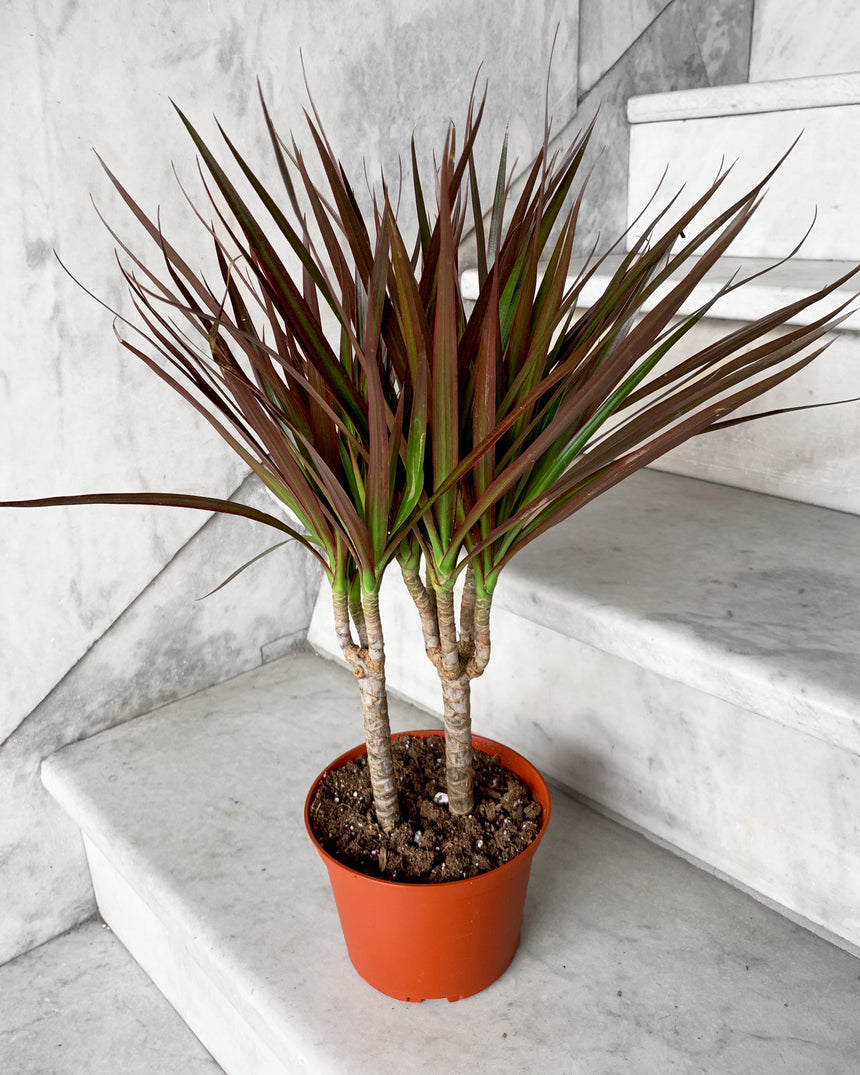
Everything You Need to Know About Dracaena Plant
Introduction
Dracaena plants are popular houseplants known for their striking foliage and easy care requirements. These plants belong to the Asparagaceae family and are native to tropical Africa and Asia. With their diverse range of species and varieties, dracaenas make an excellent addition to any indoor space.
Types of Dracaena Plants
There are over 40 different species of dracaena plants, each with its own unique characteristics. Some popular varieties include Dracaena marginata, Dracaena fragrans, Dracaena reflexa, and Dracaena sanderiana. Each type of dracaena plant has distinct foliage patterns, colors, and growth habits.
Light and Water Requirements
Dracaena plants thrive in indirect sunlight but can also tolerate low light conditions. It is essential to avoid placing them in direct sunlight as this can cause their leaves to burn. Additionally, dracaenas prefer soil that is slightly moist but not waterlogged. It is essential to allow the topsoil to dry out between waterings to prevent root rot.
Soil and Fertilizer
Dracaena plants prefer well-draining soil that is rich in organic matter. A good quality potting mix formulated for indoor plants is ideal for dracaenas. Fertilize your dracaena plant every 2-3 months during the growing season with a balanced liquid fertilizer to promote healthy growth.
Propagation
Dracaena plants can be propagated through stem cuttings or by air layering. To propagate through stem cuttings, simply cut a section of the stem with at least two nodes and place it in water or moist soil until roots develop. Air layering involves creating a small incision in the stem and wrapping it in moist sphagnum moss until roots form.
Common Pests and Diseases
Dracaena plants are relatively pest and disease-resistant but can occasionally be affected by spider mites, mealybugs, and scale insects. To prevent infestations, regularly inspect your plant for signs of pests and treat them promptly with insecticidal soap or neem oil. Overwatering can lead to root rot, so it is essential to monitor your plant’s watering schedule closely.
Benefits of Dracaena Plants
In addition to their aesthetic appeal, dracaena plants offer several health benefits. They are known for their air-purifying properties and can help remove toxins such as formaldehyde, benzene, and trichloroethylene from the air. Having dracaena plants in your home or office can improve indoor air quality and promote a sense of well-being.
FAQs
1. How often should I water my dracaena plant?
It is recommended to water your dracaena plant when the topsoil feels dry to the touch. Depending on environmental conditions, this may be every 1-2 weeks.
2. Can dracaena plants tolerate low light conditions?
Yes, dracaena plants can tolerate low light conditions, but they prefer indirect sunlight for optimal growth.
3. How do I know if my dracaena plant is getting too much water?
Overwatering can lead to yellowing leaves, root rot, and wilting. Allow the topsoil to dry out between waterings to prevent overwatering.
Conclusion
In conclusion, dracaena plants are versatile and low-maintenance houseplants that can add a touch of tropical elegance to any indoor space. By following proper care guidelines and providing the right growing conditions, you can enjoy the beauty of dracaenas for years to come. Consider adding a dracaena plant to your plant collection and reap the benefits of their beauty and air-purifying qualities.